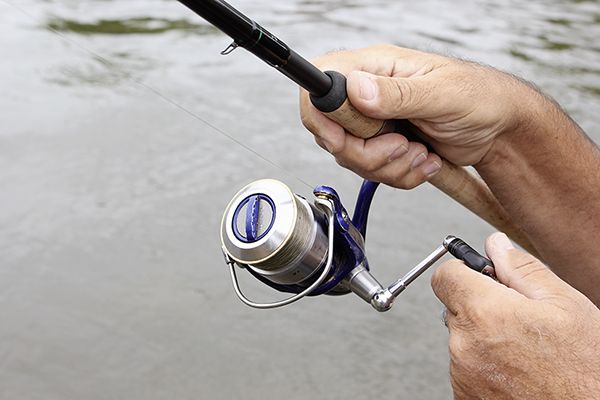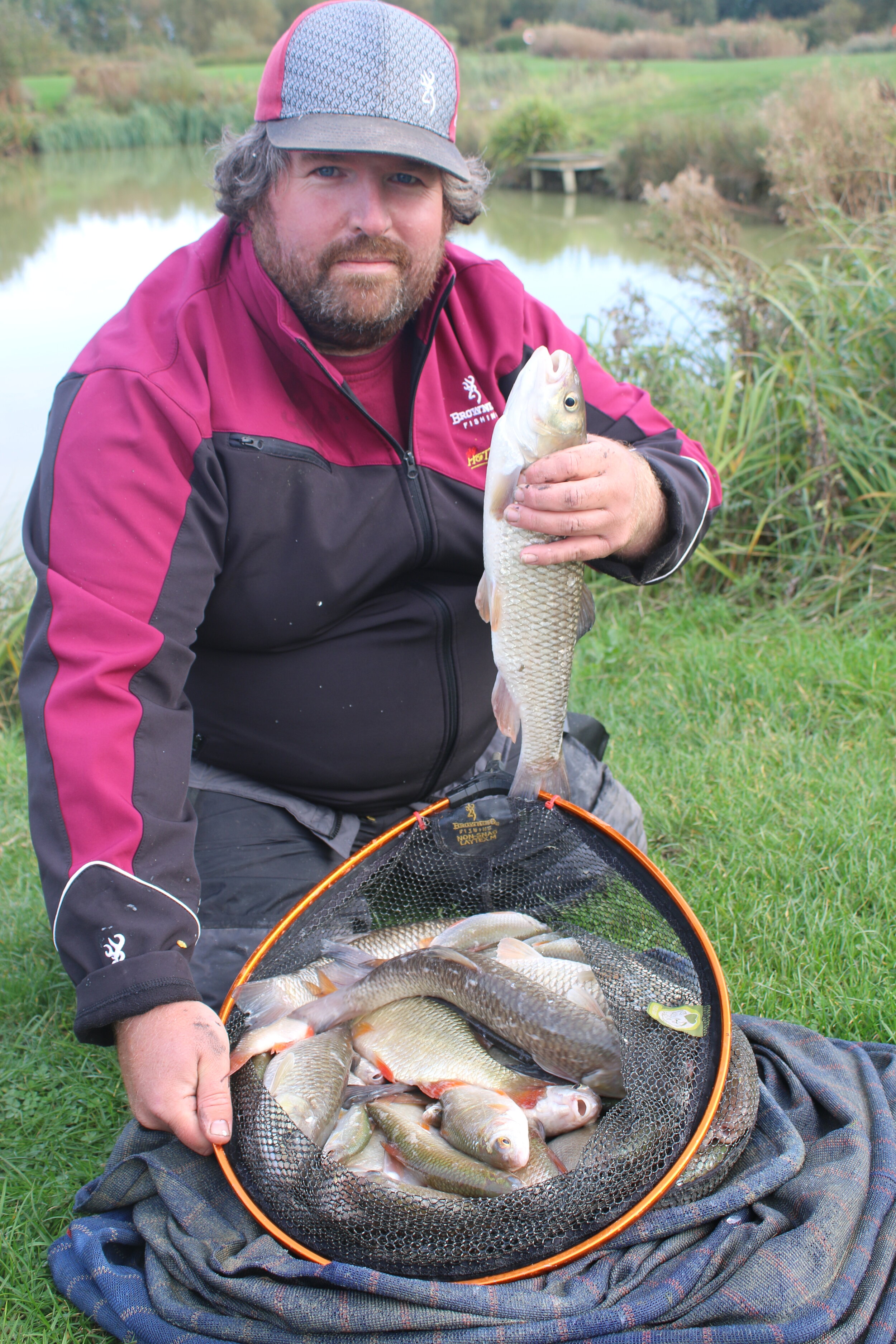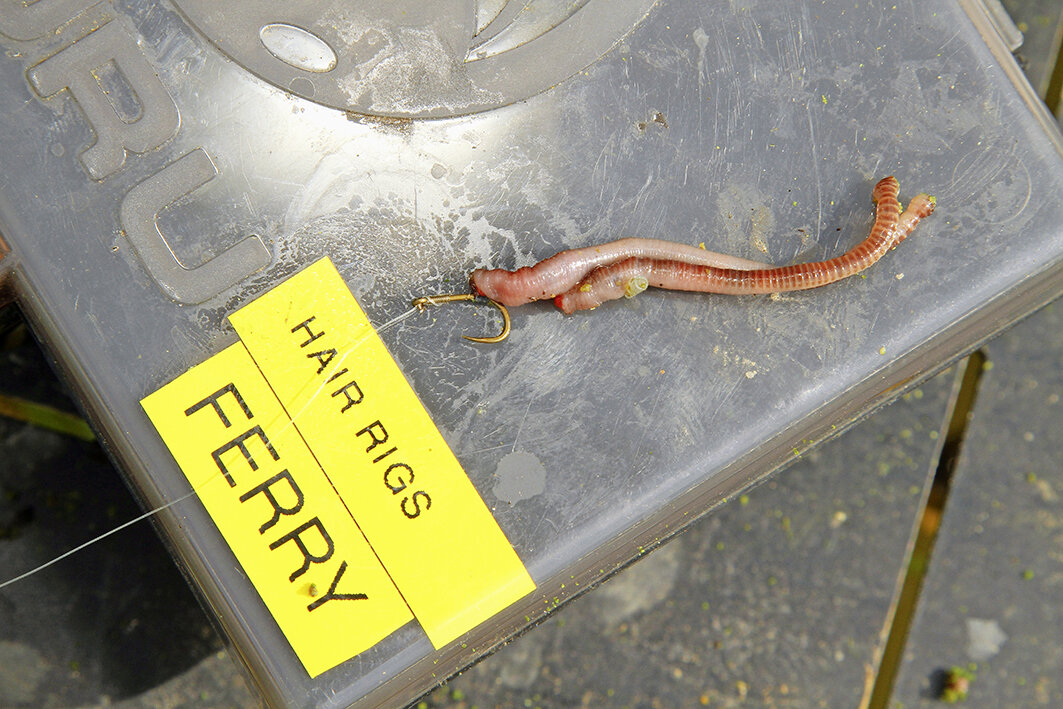Top 10 tips to catching on a river in winter.
After a long spell of relatively mild weather, we’ve suddenly been plunged into winter! Air and water temperatures have dropped dramatically over the past couple of weeks, and river fishing has become a lot harder as a result.
The good news is that it won’t take the fish long to get used to the lower water temperatures, but it will be important to keep a check on both levels and temperature in order to get the best results between now and when the season closes. We've asked river maestro Dave Harrell to give us his top 10 ways to catch on a river in winter.
1) FLOATING LINES
One of the biggest mistakes anglers make when floatfishing on rivers with flow is to use a sinking line. It’s a recipe for disaster, as you won’t be able to control you line properly.
I use my own Pro Float lines. These are perfect for river fishing as they float really well and allow you to get maximum control over your float.
There’s 300m on a spool so you can fill most modern day reels with one shot – alternatively, you can fill up to three reels with 100m on each if you use backing.
A big tip I can give you with reel lines is to get into the habit of reversing the lines on to a different spool after a month or two. This will result in the line on the top being ‘new’ again.
I often get asked how often reel lines should be changed, and while there are no hard and fast rules, I tend to change mine, or reverse them, every couple of months or so.
2) FISH THE ‘CREASE’
In cold weather the ‘crease’ of a river – the area where the slow water close in meets the faster water further out – will be a haven for big roach! On some days you can get good catches by fishing this side of the crease when bites are hard to come by past it. Always experiment in both areas.
3) FLOAT SIZES
My old Shakespeare captain Ken Giles once explained to me about the importance of ‘bossing the river’ with float gear, and it’s one of best things I ever learnt. Too many anglers use floats, especially wagglers, which are much too small.
Make sure you can cast to where you need to be EASILY and then you will be able to beat elements like wind and flow.
4) SLOW IT DOWN
When you’re using rigs attached top and bottom it’s often useful to slow everything down by feeding the line off the reel with your fingers.
Try to do this without moving or jerking the float and you will eventually slow down the hookbait and make it much more appealing to fish than just letting it whizz through.
5) FISH OVERDEPTH
Wagglers are great floats for fishing at distance but they can be difficult to control, especially when there is a downstream wind.
You can overcome these conditions by using thick-topped Truncheon wagglers and putting extra depth on the rig. The thick tops of these floats are really buoyant and will pull the hookbait along the bottom without the float constantly dragging under.
6) FEEDING
In cold water don’t go mad with the feed but don’t stop altogether or fish won’t respond. Start with around 10 maggots every cast then feed to response.
Sometimes, just three or four maggots every run through is enough. When you consider that there are around 3,000 maggots in a pint you won’t need much feed for a whole session.
7) CASTING
When you’re fishing wagglers at distance, always cast the rig downstream. Imagine a clock face and cast to the one o’clock or two o’clock position.
This will put your rig in the right position to get perfect control and enable you to beat the current. If you cast directly in front you will be constantly fighting a bow as the line pulls in front of the float.
8) BACKWIND RIGS
Once you’ve mastered this technique you will definitely catch more fish on days when you are faced with considerable depth and flow.
Use a rig between 4g and 6g. Once it’s in the flow, engage the bail-arm and slowly wind the handle backwards. This is a great method for Bolo and Avon floats.
9) BLOCKS OF TIME
Give yourself five or 10-minute blocks of time fishing at a certain depth. This might be six inches on or off the depth, or more subtle 1ins-2ins changes.
Eventually you will find the ideal depth the fish want to feed at, and hopefully you can then cash in for the remainder of the session!
10) DON’T GIVE UP!
Over the next few weeks, the best time of day to catch fish will be during the last two hours, so don’t worry if you’re not catching from the off. Keep feeding lightly and be prepared for the best action as the light starts to fade.


















